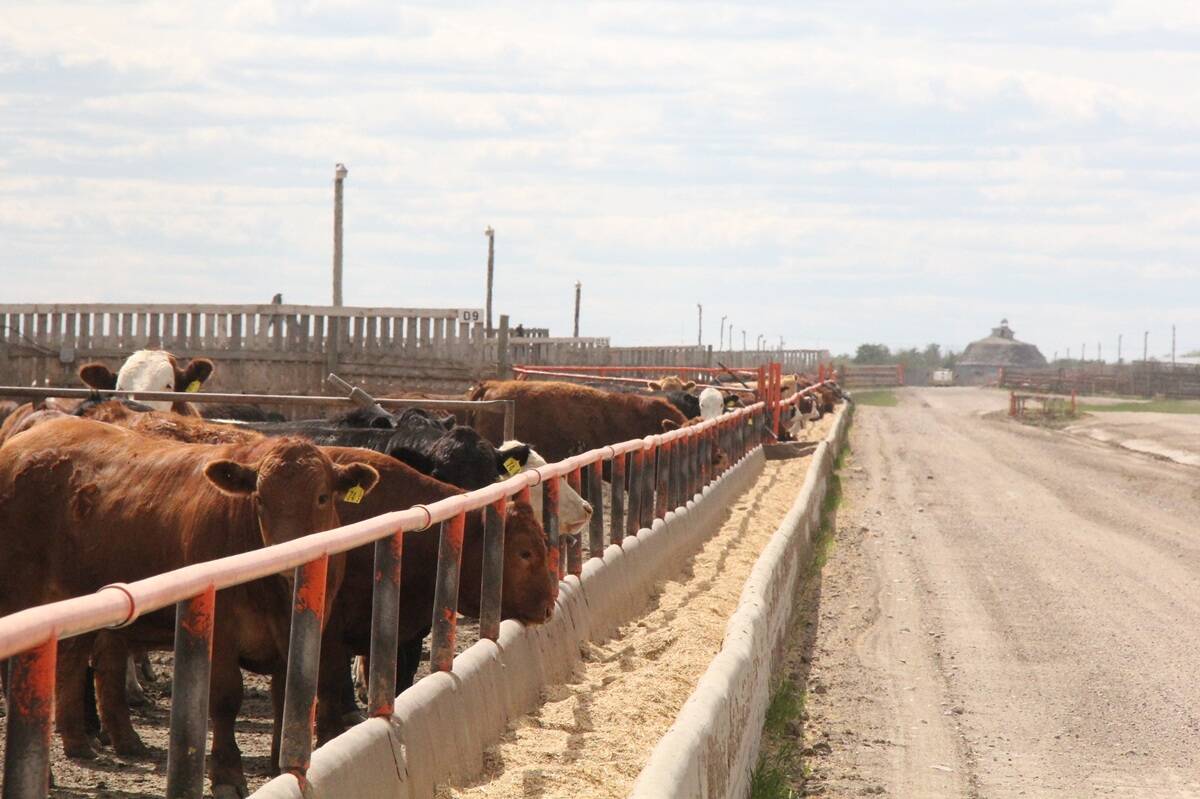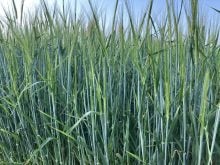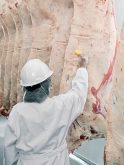The feeder cattle market has been trading near or at historical highs over the past couple of months. The higher prices have caused many cattle producers to question the number of feeder cattle that will be available later in spring. Canadian feedlot operators have experienced favourable margins throughout the winter which has enhanced demand for replacement cattle. Many backgrounding and feedlot operators transferred their feeder cattle to custom feedlots in the U.S. before April 2. This has also contributed to the uncertainty regarding available feeder cattle numbers this spring and yearlings in the fall.
In this article, I want to provide an estimate of feeder cattle outside finishing feedlots as of April 1 on both sides of the border. This will likely calm fears that there will not be any feeder cattle available after April 2.
According to the USDA, U.S. feeder cattle numbers outside finishing feedlots as of January 1, 2025, totalled 24.557 million head, down only 0.5 per cent or 114,100 head from the January 1, 2024 number of 24.671 million. U.S. feedlot placements during January and February 2024 were 3.376 million head, down 305,000 head from the same two months of 2024. Some think that March 2025 placements will be similar to March 2024. Colder temperatures across the Midwest and Southern Plains delayed feeder cattle marketings from February to March. As of April 1, available feeder cattle supplies outside finishing feedlots were 19.435 million head, up 191,000 head from the April 1, 2024 number of 19.244 million head. This estimate does not take into account feeder cattle born during the first quarter of the year because these young feeder cattle are generally available for market. U.S. feeder cattle supplies are above year-ago levels.
Read Also

Unwinding the fibre in feedlot cattle diets
Research into how barley rolling method and undigestible NDF levels affect animal performance and digestive health in finishing diets
According to Statistics Canada, feeder cattle numbers on cow-calf and backgrounding operations as of January 1, 2025, were 3.003 million head, up 31,600 head from 12 months earlier.

Alberta and Saskatchewan feedlot placements during the first two months of 2025 were 261,100 head, up 13,800 head from the same months of 2024. In this case, we also assume that placements during March 2025 will be around 146,000 head, the same as in March 2024. Total placements in Alberta and Saskatchewan during the first quarter of 2025 are estimated at 407,900 head, up 13,800 head from the previous year. We can subtract these placements from the total inventory number on January 1.
Regarding feeder cattle imports, we have to make a few assumptions. First, we assume that feeder cattle imports (mostly Holstein feeders) during the first quarter of 2025 are the same as last year as we don’t have official data for the first quarter. Imports during the first three months of 2024 were 77,398 head. Second, we assume that these cattle are imported and directly placed into finishing feedlots. We have to subtract this number from the placement data.
For the week ending March 22, Canadian feeder cattle year-to-date exports to the U.S. were 47,373 head, up from 30,400 head last year. To be conservative, we assume these feeder cattle exports are from Western Canada. For the first quarter of 2025, we’re expecting Canadian feeder cattle exports to reach 57,000, up from the year-ago level of 34,500 head.
To calculate feeder cattle outside feedlots on April 1, we start with the January 1 inventory, subtract the placements and exports and add the imports. We estimate that feeder cattle outside finishing feedlots as of April 1, 2025, are 2.616 million head, down about 4,300 head from April 1, 2024. There will be feeder cattle available to purchase after April 1.
Seasonally, calf volumes at auction markets decline at this time of year with more cattle moving out to pasture. This tends to enhance prices for feeders under 700 pounds. Backgrounders were more aggressively selling fall-placed calves ahead of April 2. However, it’s important to realize that some of these cattle were sold in March for April delivery so it’s reflected in the feedlot placement data. This may also be a factor influencing feeder supplies after April 2.
















